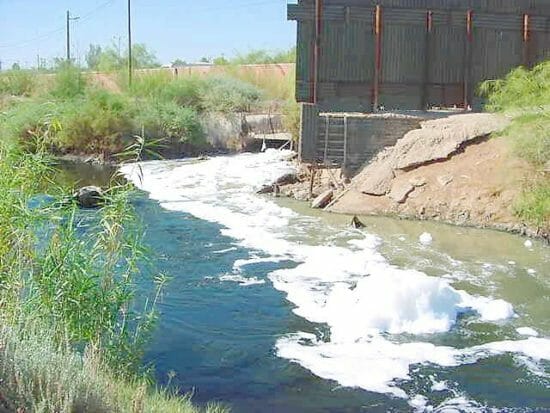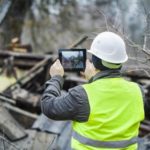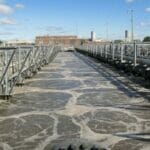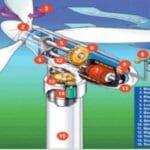- Course No E – 1156
- PDH Units 5.00
No data found for Custom Course Number
No data found for Custom Course Units
- Course No E – 1156
- PDH Units 5.00
Intended Audience: civil, construction, environmental, and geotechnical engineers
PDH UNITS: 5
EPA’s Technology Innovation and Field Services Division has developed a set of twenty-two guides summarizing cleanup methods used at Superfund and other sites. This course describes these methods, and, for each method, answers six questions in a concise and accurate manner: 1) What is it? 2) How does it work? 3) How long will it take? 4) Is it safe? 5) How might it affect the public? and 6) Why use it? This course is intended for civil, construction, environmental, and geotechnical engineers, and is especially useful for Remedial Project Managers and Community Involvement Coordinators who must explain complicated treatment technologies to the lay public. This course is based on a compilation of the EPA’s Technology Innovation and Field Services Division’s “A Citizen’s Guide Series to Cleanup Technologies”, published in 2012. See http://cluin.org/products/citguide.
Learning Objectives
- Goals of activated carbon treatment
- Air stripping and capping
- Proper techniques of ecological revitalization
- Principles of evapotranspiration covers
- Excavation needs of contaminated soil
- Process of fracturing for site cleanup
- Goals of greener cleanups
- How to select incineration when appropriate
- How and when to apply in situ chemical oxidation (i.e. thermal treatment) and reduction
- Proper techniques of monitored natural attenuation
- Principles of permeable reactive barriers
- Phytoremediation
- Process of pump and treat engineering
- Goals of soil vapor extraction and air sparging
- How to select solidification and stabilization when appropriate
- Thermal desorption
- When to apply vapor intrusion mitigation
- Vertical engineered barriers
Once completed, your order and certificate of completion will be available in your profile when you’re logged in to the site.










